WC vs History: Action Stations! Pearl Harbor! McAuliffe! This Is No Drill!



This was an update I looked forward to researching and writing. Some real life events delayed it but what an event it was! The International Conference on World War 2 was an amazing time. The highlight was meeting four of the Doolittle Raiders themselves and hearing them talk about the raid in their own words. That was an experience! This is the first in a several article update looking at the parallels found in the early days of the Terran-Kilrathi War, focusing in particular on the story told in Action Stations of the Raid on McAuliffe on 2634.235 (23 August) and the Raid on Pearl Harbor on 7 December 1941.
Since the release of Wing Commander, the connection between the War against the Kilrathi and the War in the Pacific has been clear. Carriers and their fighters doing battle over vast distances of empty ocean, or in Wing Commander’s case, space. Island, and Planet, hopping across the void, each side fighting hard to reach their final objective, the enemy’s home and ultimate victory. Each war ended with the use of a new weapon of untold magnitude. Each war also started with a surprise carrier raid on a main fleet base in order to disable the opponent’s fleet. In both cases, the use of carriers in this type of striking action was without true precedent in terms of scale and organization. However, the idea of an early morning surprise carrier raid was not new.
Prior to the Second World War, the United States Navy did conduct a number of Fleet Problems and Joint Army-Navy exercises in regards to aircraft carriers. Several of these prewar exercises directly involved surprise air raids on Pearl Harbor.The Joint Army-Navy Maneuvers in early 1933 saw Vice Admiral Cole, a non-aviator, raid Pearl Harbor using the USS Lexington (CV-2) and USS Saratoga (CV-3) at dawn on January 31. The two carriers put 90 planes in the air for an early morning strike on the harbor installations, coming in for the attack from the north. The strike was ruled to have “inflicted serious damage” on the ships and installations throughout the harbor. Fleet Problem XIX saw the raid on Pearl Harbor repeated on 29 March 1938. Rear Admiral Ernest King took a task force centered around USS Saratoga to the northwest of Oahu. 100 miles from the coast, the force launched a strike on Wheeler and Hickam air fields and the Pearl Harbor Naval Air Station with similarly devastating results as the 1933 raid. Both these simulated air raids showed the deficiencies in the Pearl Harbor air defense network that were not fully rectified by the time of the Japanese raid in 1941.
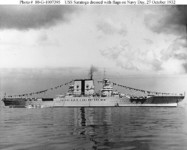
USS Saratoga (CV-2) on Navy Day 1932. Note the 8-inch gun turrets fore and aft of the island. These were removed prior to World War 2
The first combat carrier raid of ships in port took place on the night of 11 November 1940. The Royal Navy carrier HMS Illustrious launched 21 antiquated Fairey Swordfish bi-planes against the main body of the Italian Navy. For the loss of two aircraft, the British naval aviators took three battleships out of the war for a number of months. The Japanese Navy did study this action intensely in the year prior to the Pearl Harbor operation and certainly took note of the method the British used to prevent their torpedoes from running too deep in the shallow waters of a protected harbor.
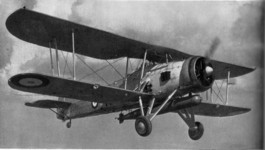
The Fairey Swordfish scored extremely well against both German and Italians battleships early in the war.
The Kilrathi had a smaller, but no less important, pool of knowledge to glean from prior to their own unproven carrier raid doctrine. The fleets of the 27th century shared a similar naval doctrinal mindset with the pre-carrier battleship dominated eras of maritime history. The battleship was king. The fleets that brought the heaviest guns with the longest range under the heaviest armor were the ships that admirals believed would decide the fate of nations. The first time this doctrine was truly challenged was during Fleet Problem IX conducted by the US Navy in 1929. The carrier Saratoga raided the Panama Canal and demonstrated the feasibility and potential versatility of a fast carrier-centered attack force. The Confederation Navy conducted war games of its own. In 2622, the so-called “Panama War Games” took place. Confederation forces were divided into Blue and Red forces. Blue was granted use of a hypothetical carrier bomber-launched weapon capable of defeating phase shields and heavily damaging capital ships. During the simulated engagement, the three carriers of the Blue fleet were able to use the new weapon to destroy all ten of Red’s battlewagons. However, as can sometimes happen with simulated engagements, game umpires later declared the shield-penetrating torpedo strikes null and void. It was ruled that Red won the engagement because Blue wasted their scouting abilities by “wasting his carriers.” Winston Turner observed the games in the role of fleet historian. He wasn’t totally convinced by the actions because of the lack of a real working shield-penetrating torpedo, but did say he “sat up and took notice.”
The goal of both Japanese and Kilrathi raids was the same in terms of the immediate goal of eliminating the enemy fleet as a threat to ongoing and future operations. The Japanese plan following the raid was to hold their new possessions, fortify them with a web of mutually supporting air bases and other installations, and wait for the Americans to come. The Kilrathi were not going to stop at McAuliffe. The final destination of the Second Fleet of the Claw was Sol. After destroying the Seventh Fleet based at McAuliffe and the planetary base, the Kilrathi fleets were to wreck havoc amongst the outer colonies before uniting into a combined force in front of the remaining Confederation forces defending the inner worlds. They were to “forge straight into the heart of their space, meet what is left of their reserves and annihilate it. At that point the war will be over."
There was one Kilrathi, Vakka nar Jukaga, father of the famous Baron Jukaga, who exhibited hesitation over attacking the Confederation. Many of his arguments are similar to those of Admiral Yamamato. Jukaga and Yamamato had both spent time with their respective enemies before the outbreak of hostilities. They knew their compatriots did not fully understand the differences and capabilities of their enemies and instead based their view of them on blind arrogance. The Kilrathi saw the Confederation as just another test of warrior prowess that needed to be met and then destroyed, brushed aside like so many other enemies before. Much like the Japanese Empire of 1942, the Kilrathi empire extended over a wide area, however instead of densely populated worlds of hundreds of millions or billions, many were populated by far less. The Japanese Empire was massive in terms of square miles controlled. When you actually look at worthwhile and useful territory within that massive expanse, it is minuscule. Both empires were like balloons. Large and expansive bodies without anything solid inside once the outer layer was penetrated. The Confederation was different. Instead of destroying everything within their path, the Confederation created alliances that strengthened its whole. From the mouths of the Vakka nar Jukaga and Crown Prince Gilkrag themselves:
"We have learned this, at least," Vakka finally replied. "If they have an advantage it is in their depth, their web of alliances with half a dozen races, the sheer number of worlds they have colonized. Such a depth of organization could be of infinite help if the challenge from within the core is to one day be met. We lack that depth. We annihilate or enslave everyone on the worlds we take.""So?" the Crown Prince replied, his tone obviously conveying total confusion over the intent of Vakka's statement.
"Yes, we have a fleet, the best in the galaxy, but we don't have the infrastructure, the web of commerce. We conquer, destroy, populate a new world like a fiefdom, placing a few tens of thousands of our own blood where billions once existed. Those whom we suffer to live, labor in our factories as slaves, not allies. Then we expand yet again. We are like a hollow shell, the Confederation is a solid mass."
That Confederation however was in a period of military unreadiness. The Fleet looked powerful on paper, but in reality was being held together by a lot of whatever the 27th version of duct tape is (I’d assume it’s still regular duct tape), luck, and lots and lots of hope. The Wildcat spaceframes are decades old, upgrades and replacements sent to die in committee by Senator More. The fighters of the Seventh Fleet were spare parts queens for each other. Unlike the US Navy which knew it was going to benefit from the Two Ocean Navy Act soon into the war, the Confederation Fleet had this type of legislation blocked in the Confederation Congress. It would have to make due. Confederation forces, and by that one means a single task force of two battlewagons and a smaller carrier with escorts, were waging a police type action war against the Kilrathi. The Kilrathi themselves were preparing for an all out assault and only sending their oldest equipment against the small Confederation incursion, they were luring the Confederation into a sense of false security by showing a warrior feigning injury. In Kilrathi the maneuver was known as the Haggin. The superior strike in this case was to take place across the frontier but aimed most squarely at the fleet base at McAuliffe, Alexandria and the surrounding Skyhook and base complex.

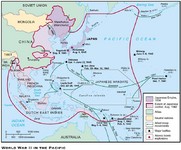
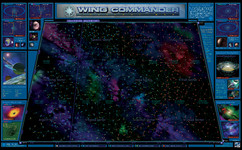

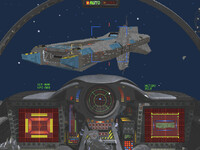
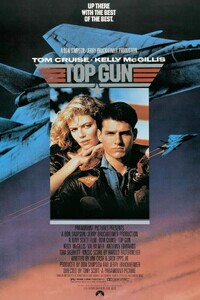
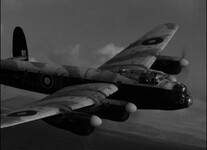
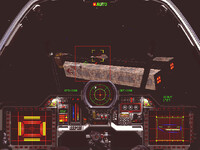


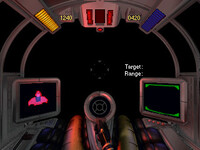

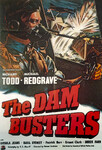
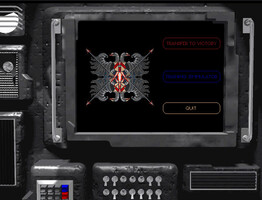


Follow or Contact Us